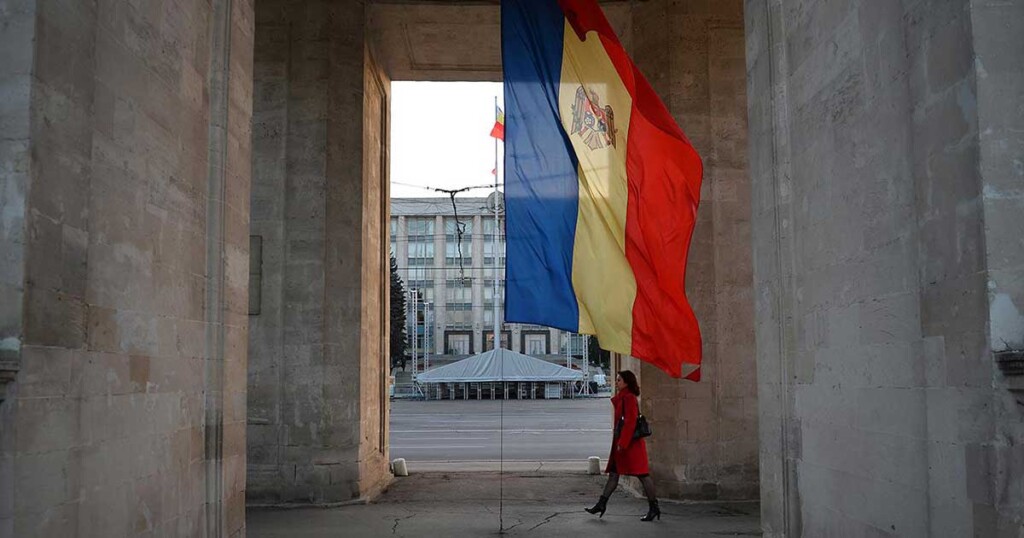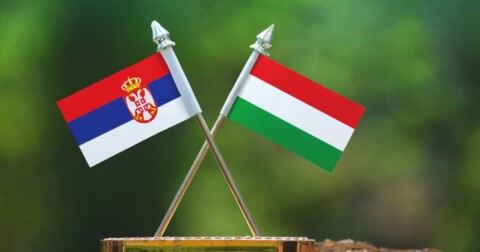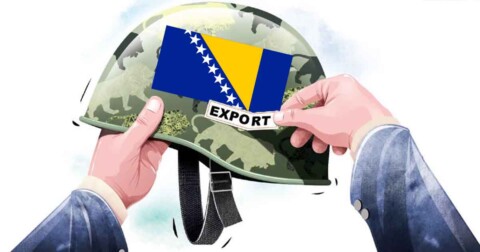The statement by Pope Leo XIV that “NATO has not started a single war,” first officially published and then removed from the official Vatican website on September 16, 2025, served as a trial balloon aimed at preparing Western public opinion for the war plans of part of the Collective West. This is a radically different position from that of his predecessor, Pope Francis, who once said that NATO was barking at Russia’s door: “They do not understand that Russians are an imperial people and will not allow any foreign power to approach them.” To a friend who commented on that statement, I said, paraphrasing: “It is not the Roman Pontiff who has the authority to judge whether NATO is innocent or not, but rather those who perished in the passenger train in the Grdelica canyon on the second day of Easter in 1999.”
The Serbs know very well how to recognize the nuances.
CANDIDATE FOR A NEW CONFLICT
Today, as new winds of history are blowing, there is also a need for different terminology, so instead of terms such as “eastern flank,” “eastern wing of NATO,” which served the “needs” of understanding the Ukrainian conflict, new terms are being imposed such as the New Eastern Front or the Great Eastern Front. For this purpose, doctors are being prepared for military hospitals, new medical protocols are being drawn up, new satellite phones are being distributed to doctors, they are being provided with new bulletproof vests, helmets, and other equipment, and training is being conducted for rapid response, especially for surgeons, because, well, who knows when the Russians will attack, so one must be ready.
Here we will stop with the futurological wide plan and present the main thesis of this text. Although there is certainly unrest from Poland to the Caucasus, although Finland and Sweden, as new NATO members, show increasing readiness for “defense” against the Russians, the main candidate for a new conflict is Moldova, geographically much closer to Serbia.
Moldova is being fed the illusion that by 2030 it can become a member of the EU, although Marta Kos, the Enlargement Commissioner, named only Albania and Montenegro as countries that can meet the conditions for joining the EU by that year. Moldova, headed by a convinced Atlanticist, has a perspective similar to that of Ukraine on the eve of the war. After the parliamentary elections scheduled for September 28, 2025, the question arises as to what scenarios are possible, given that tensions are rising in two Moldovan regions – Gagauzia and Transnistria.

THE GREATER ROMANIAN FACTOR IN PARIS’ PLANS
If we look at the broader picture, the European Union, and especially the eurozone, is in an unprecedented crisis. Thus, the only nuclear power in the EU – France – is surpassing Italy in fiscal irresponsibility, leading to a spiral of high interest rates that drive the country toward additional indebtedness and, in perspective, bankruptcy, as it will significantly increase annual debt repayments.
The way out for France is either a change of trajectory in the geopolitical sense, that is, a return to the sovereigntist positions of General Charles de Gaulle, or further entanglement of France in the Eastern European conflict. Since geographically France is far away, the solution is seen where Paris has influence, and those are two points: the Carpathian Basin (through the Romanian factor) and the Caucasus (through the instrumentalization of the Armenian diaspora).
The Greater Romanian factor, as an extended arm of circles in Paris that advocate a military solution, is searching for a pretext to involve Romania in the projected developments in Moldova. In this context, attention should be paid to the statement of the Russian Foreign Intelligence Service (SVR) of September 23, 2025, which warned that the European Union intends to occupy Moldova with the help of NATO troops regardless of the outcome of the parliamentary elections in the country.
CHAMPIONS OF DEMOCRACY
Let us point out a few more things that are important for gaining a complete picture of Moldova. First, it sounds unbelievable, but in Moldova the influence of USAID has actually grown, even after Trump’s victory and the change in the new administration’s stance toward this American agency.
Through pro-European media active in Moldova, the “bait” of a better life for Moldovans is offered once the country, of course, enters the EU, while in reality Moldova’s economy is not compatible with the European market or the EU. Instead, it can only be interesting as a new Ukraine 2.0. That this is precisely the case is confirmed by some signals from behind the scenes. Let us mention one striking example.
Gesine Schwan, a representative of the Theodor Heuss Foundation (see: https://www.theodor-heuss-stiftung.de/der-preis), during the award ceremony for outstanding commitment to democracy, addressing the current president of Moldova on May 24, 2025, in Stuttgart, said:
“Maia Sandu is the leader of a small country, but thanks to her courage, persistence, and loyalty to the ideals of freedom and democracy, she serves as an inspiring example for all of us.”
It is interesting that Ukrainian President Volodymyr Zelensky, before the beginning of the conflict in Ukraine, was promoted in exactly the same way as the Moldovan president — as a “champion of democracy.”

THE SCHEME IS THE SAME
The scheme is the same: public promotion → personalization of the struggle for the “European path” → confrontation with the Russian factor → inclusion into the broader architecture of conflict. Tension is rising both in circles inclined toward Russia and in those aligned with the narrative of the ruling regime in Kyiv. “Moldova on the brink of escalation” is not a poetic expression but a description of the current state of affairs.
The consequences of activating the Greater Romanian card could be tragic, even for the Balkans, and Serbs are not immune, in my view, to the Greater Romanian narrative, since a projected image of Romania as the “eternal ally” of the Serbs has been constructed. In this context, for example, the non-canonical actions of Romanian clergy in Eastern Serbia are ignored, and the fact is overlooked that this is how it began in Moldova back in the 1990s, with the establishment of the non-canonical Bessarabian Metropolis…
Let us hope that I am wrong and that the conflict within Orthodox countries will not spread. Still, one cannot ignore that it is not only Atlanticist Paris that is interested in Moldova, but also Global London, Poland’s plans for an Intermarium, or even Pan-German militarism. It is clear, between the lines, that there are too many parties interested in escalation in the valley of the Dniester, not only the Dnieper.





